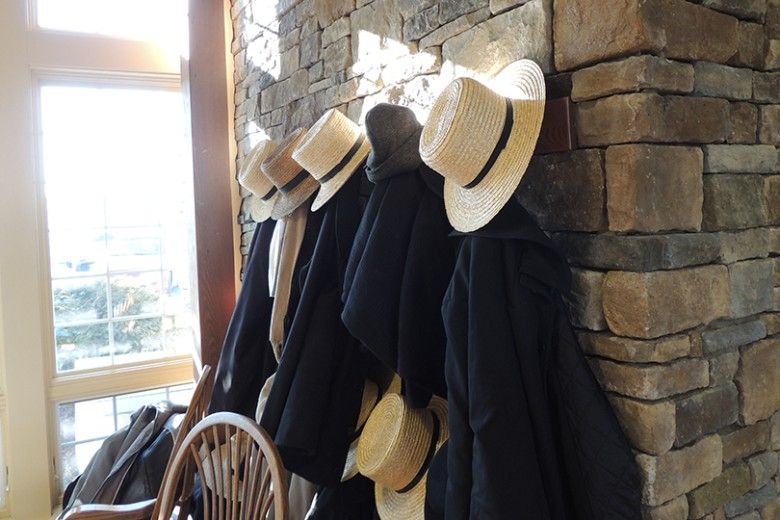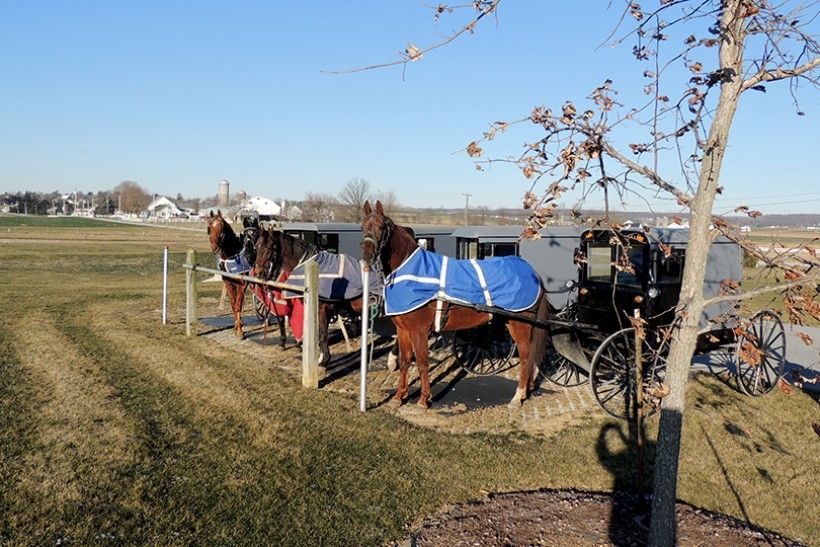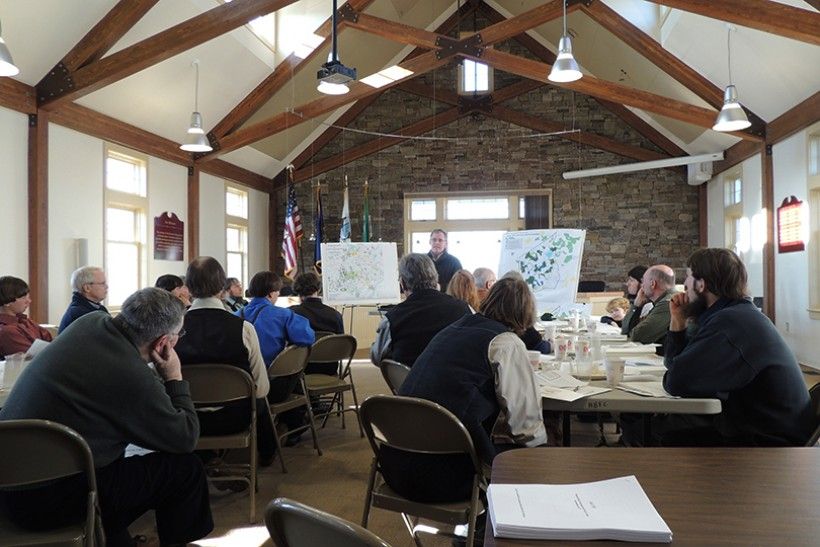Preserving a Way of Life

The Brandywine Creek begins in Honey Brook Township in the northwest corner of Chester County. Hundreds of springs seep groundwater out of the Welsh Hills to form rivulets that turn into streams that ultimately become the east and west branches of the Brandywine. These headwaters and streams flow through miles of rich, gently rolling land that is predominantly owned and farmed by a Plain Sect (Amish) community tied to the land as few others are. Farms and traditional methods are passed down through generations. Fields are plowed and planted with teams of draft horses. Chickens peck through the yards. Cows graze the fields. Farming is a way of life.

But the Conservancy’s goals are not just to preserve the land and a way of life. We want to protect and improve the water quality in those hundreds of streams that become the Brandywine that provides drinking water to over 500,000 downstream residents. That is why the Conservancy staff is working closely with the farmers to prepare farm conservation plans that specify a host of Best Management Practices (BMPs) designed to retain the valuable soil and minimize polluting run-off. Our staff is also securing grants to help pay for these practices. The Amish farmers with whom we are dealing recognize the benefits we espouse and understand that to lose their soil is to lose the land that sustains them. They also understand being a good neighbor and the Golden Rule: treat others as you would like them to treat you. They are accepting some new ways for an old purpose.

Yes, we want the trees back.
Photos by John P. Goodall, Western Area Manager